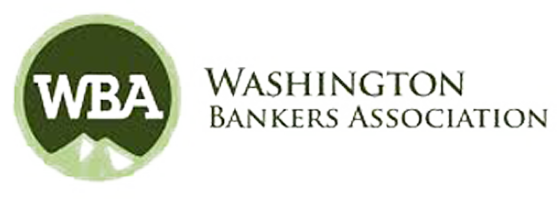Seize the Opportunity SECURE-Related Tax Credit Changes Bring Small Employers
By Steve Christenson, Executive Vice President, Ascensus
As you are well aware, the Further Consolidated Appropriations Act that included the SECURE Act was passed into law in December 2019, with many components taking effect as of January 1, 2020. Key components included the ability for qualifying individuals to make Traditional IRA contributions beyond age 70½ and an increase in the age at which required minimum distributions must begin (age 72 with some exceptions).
Other changes included in the legislation but, perhaps, not as widely discussed are the employer tax credits. An employer tax credit now exists for retirement plans that begin to offer automatic enrollment for 401(k) or savings incentive match plan for employees of small employers (SIMPLE) IRA plans. The employer may earn an additional $500-per-year tax credit for the first three years if it includes automatic enrollment as part of its plan. This is in addition to the small employer start-up credit, which was increased by the SECURE Act. The increased start-up credit not only helps small employers but it provides a better opportunity for community banks to expand their business relationships.
With the small employer start-up credit, an employer that has no more than 100 employees who received a minimum of $5,000 of compensation from the employer in the preceding year is eligible for a tax credit to cover its startup costs. This tax credit is available to employers that established
- simplified employee pension (SEP) plans,
- SIMPLE IRA plans,
- defined benefit plans, and
- defined contribution plans, such as profit sharing or 401(k) plans.
Prior to the SECURE Act, by establishing one of these plans, an employer could receive a tax credit equal to 50 percent of the plan’s eligible start-up costs during the first three years. The credit had a maximum limit of $500 per year.
With the passage of the SECURE Act, the three-year rule and eligible plan types remained the same, and the employer may still receive a credit for 50 percent of the start-up cost, but beginning with the 2020 tax year, the potential amount of the credit begins at $500 and increases, depending on the number of eligible employees—up to a new maximum of $5,000. Here’s how it works.
For the first one or two eligible non-highly compensated employees (non-HCEs), the tax credit begins at $500 over the three-year period. Beginning with employee number three, the potential credit increases by $250 for each employee thereafter, up to 20 employees (non-HCEs) or $5,000. That credit can greatly assist a small employer in starting a retirement plan for its employees—a key benefit in this tight labor market.
Why is this important to your bank today?
First, it allows you to expand your conversation with small employers in the areas you service. Your organization can be seen as providing key information to the employer and opening pathways to gain new customers as a result of those employees having a key long-term account with your bank. You may also have the opportunity to create a direct deposit account with those same employees, along with other lending opportunities.
Second, it allows your bank to be proactive with these small employers in discussing or delivering a retirement plan before your state mandates a retirement plan as Oregon, Illinois, and California already have. Many states and some local governments have either started researching these options or are firmly in the process of evaluating and passing legislation to mandate these types of plans across the country. Once these programs are launched, employers will be required to participate in the state plan.
Third, while many banks over the past decade have exited the 401(k) space, it’s important to remember that most community banks still maintain IRA options for their account holders. Your bank’s ability to offer a competitive SEP or SIMPLE IRA plan to your local employers and their employees does not go far beyond what your bank is probably doing today for IRAs. IRA document providers will generally have the employer-level documents ready and available for you to use with your employer clients and they can assist in reviewing an employer-level program with you.
Your community bank is uniquely positioned to have these conversations with, and provide an even stronger tie to, your local employers. Educate your team and share this opportunity now before others take advantage.
